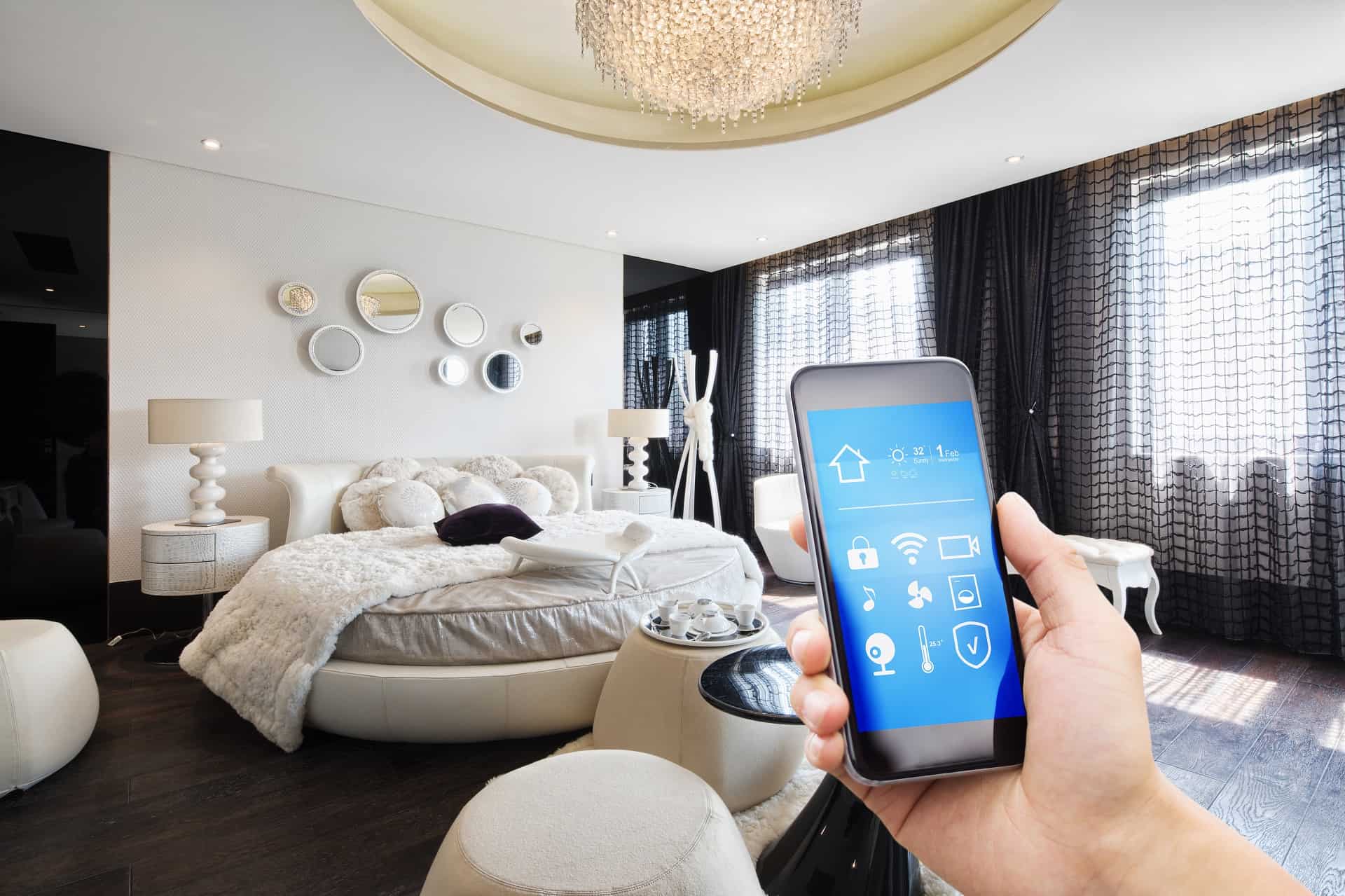Hey everyone, diving into smart homes cab be tough! If you want to control your home with just your voice, whether it’s dimming the lights, playing music, or keeping your place warm, picking the right smart home system is super important. Today we’re going to look at Google Home, Amazon Alexa, and Apple HomeKit, focusing on what works best for different lifestyles. So let’s sit back, relax, and figure out these smart home systems together. It’s about turning your home from just smart to super smart!
Exploring the Big Three in Smart Home Hubs
Google Home:
Imagine just saying “Hey Google, turn down the lights” and your room instantly feels cozier. That’s Google Home for you. It’s like having a helper who knows a lot because it’s connected to Google’s vast information network. If your world’s already full of Google stuff—like Android phones or YouTube—Google Home could be a no-brainer. It gets what you need, learning your routines to make life smoother.
Amazon Alexa:
Now, picture this: you tell Alexa to order your must-have morning coffee, and bam, it’s on its way without you touching your phone. For those of you who can’t live without Amazon shopping or love streaming on Prime, Alexa feels like a dream. It’s not just a shopping buddy; Alexa can run your smart home, play DJ, connect calls, and even toss in a joke to lighten your day. It’s like having a smart friend at home who’s always ready to help out.
Apple HomeKit:
Then there’s Apple HomeKit, the choice for folks who are all-in on Apple products. If your life revolves around your iPhone, iPad, or Mac, HomeKit brings it all together. Say “Hey Siri, it’s movie time,” and watch as your lights dim and your living room turns into a cinema. HomeKit is big on keeping things private and secure, so you can relax knowing your home is in good hands. It’s perfect for those who appreciate the seamless, secure integration Apple is known for.
Mainstream Smart Home Controller Pros and Cons
Google Home is great if you love Google and want help that gets smarter as you use it. Amazon Alexa is a powerhouse for shopping and adding new skills to do more stuff around the house. Apple HomeKit is all about keeping things safe and working smoothly with Apple products. It’s perfect for iPhone and iPad fans. Think about what gadgets you already have, what services you use most, and how important privacy is to you when choosing.
Google Home:
| Pros | Cons |
|---|---|
| Great integration with Google services | Less privacy compared to Apple HomeKit |
| Smart learning capabilities | Might not work as well with non-Google products |
| Wide range of compatible devices |
Amazon Alexa:
| Pros | Cons |
|---|---|
| Huge range of skills and compatible devices | Privacy concerns have been raised |
| Best for shopping and Amazon services | Some features locked behind Prime membership |
| Highly customizable |
Apple HomeKit:
| Pros | Cons |
|---|---|
| Prioritizes privacy and security | Limited compatibility compared to others |
| Seamless integration with Apple products | Generally more expensive ecosystem |
| Simple setup and use with Siri | Less third-party support |
How to Pick a Smart Home Hub
It’s all about what works with the tech you already have. If you’re big on Apple, HomeKit might be your best choice. More into Android? Google Home could be the way to go. Also, think about the smart stuff you already have or want to get. Some play nice with all systems, but others pick sides.
Looking ahead is just as important. You want a system that can grow with you, adding new devices without a hassle. Your system should be easy to expand without turning your place into a mess of incompatible gadgets.
Figuring Out Compatibility
To see what works with what, start with a list of your gadgets and check their compatibility on Google Home, Amazon Alexa, and Apple HomeKit websites. It’s important that your devices can talk to each other within the same system. If you’ve got a mix, think about which ones you use most and pick a system based on that. Sometimes, third-party apps can help bridge gaps, but they might need extra work to set up.
Can I Mix and Match Systems?
Yes, you can mix systems, but sticking to one can keep things simple. Mixing means you might get the best of each, but you’ll also deal with different apps and possible glitches. One system means smoother communication between devices and easier control from one app. But if you’re okay with a bit of tech challenge, mixing systems lets you enjoy more features. Just remember, some gadgets are loyal to their own system, which can limit mixing.
Integrating Other Smart Gadgets
Smart systems connect with other devices like thermostats, cameras, and lights using Wi-Fi, Bluetooth, and other tech. Choosing a system like Google Home, Amazon Alexa, or Apple HomeKit means you get a central hub that controls everything. Make sure your devices are compatible; for instance, some thermostats work better with certain systems. Once set up, you can create routines that make multiple devices work together, like turning off lights and locking doors with a simple voice command.
Switching Systems Later
Switching to a different system takes some work but can be done. Check which of your devices will work with the new system. You might need to replace some that don’t fit. Then, reset each device and connect it to the new system, removing them from the old one to avoid mix-ups. Look for any tools or guides from device makers to help switch over smoothly. Take your time and do it step by step.
In Summary
So, that’s a quick guide to picking a smart home system. Whether you lean towards Google Home, Amazon Alexa, Apple HomeKit, or something else, pick what fits your life and tech habits best. Think about what devices you already use, how easy it is to control everything, and what you want to automate at home. It’s not just about telling a speaker to play music; it’s about making your home life easier and more fun. Happy choosing!




